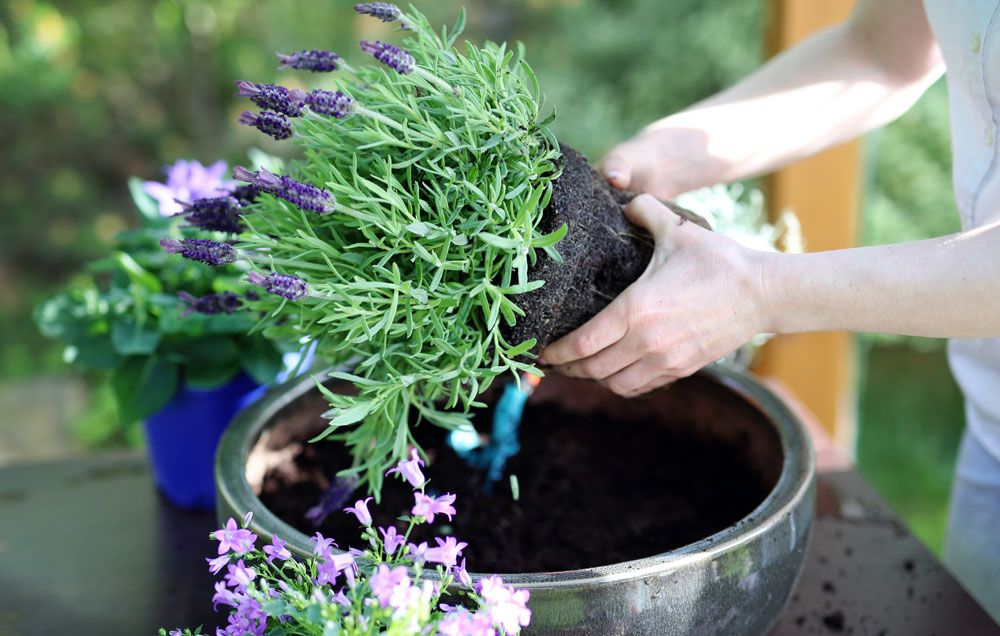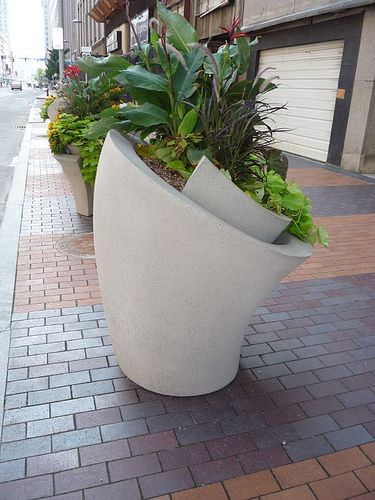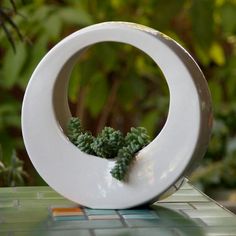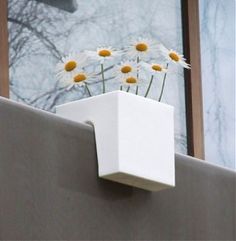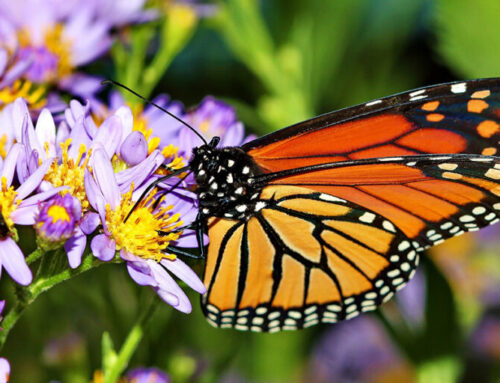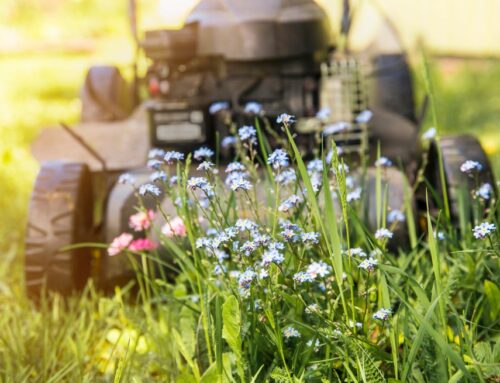The choice of potting soil mix can either make or break it for your plants.
What is the most important component of a plant container?
The plant.
What is often forgotten?
The plant.
Style and design of containers often show little or no understanding of a plant’s needs. The antique Bohemian vase, the ceramic unicorn from Mother’s Day, or the raised-bed of creosoted railroad ties fall in this category. And despite a bag being labeled “Potting Soil” it may be a bad choice for your plants in the container.
For clarity, “container” is used to mean any type of object or vessel in which plants are placed: various shaped pots, window boxes, trays, troughs, etc.
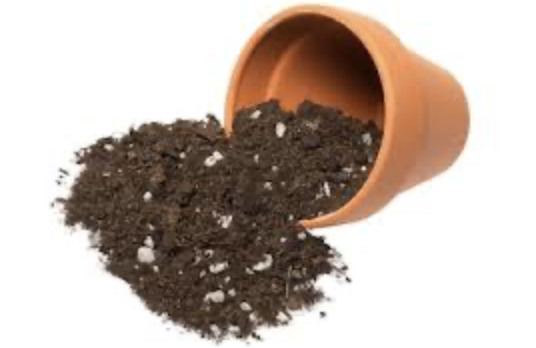
Let’s start with the soil mix in your container:
The first important lesson, soil that works well in a container is very different from soil found in the ground. It has to be because plant survival is critically dependent on ample air and readily available water. But when soil is confined by the physical barriers of a container, how air and water behave in that space is significantly different. A successful container soil mix is composed of materials that provide the critical pore spaces for oxygen, water, and routes for roots. If not, expect problems to occur. Though there may be similarities in appearance with compost, mulch, and other soil types – potting soil mix is not the same and cannot be interchanged.
It is not uncommon to hear comments that plants or especially hanging baskets from the garden centers are too quick to dry out. Some complain that growers don’t even use soil anymore as they read “soilless mixture” on the side of the bag. The fact is, in most cases, this is a good thing.
“Potting soil” unfortunately can be sold as a composition of a wide range of ingredients. The less expensive (and less desirable) might be sedge peat or raw soil in a mix with peat. In close observation of a potting mix, if there is little evidence of vermiculite, perlite, sphagnum moss, or bark and it seems dense and heavy, I would not use or at least not as the only soil material in the container. Though it might look dark and rich, once this “soil” is soaked, it can lay like a lump of sludge in your container. It can settle and condense causing aeration and water percolation to be inadequate and the plant can struggle. If you want to use this potting soil, best to use as a 25% component in a mix with other much lighter materials (mentioned below). With so many people disappointed by this material, I no longer recommend “potting soil” but rather encourage the use of a container or potting “mix”.
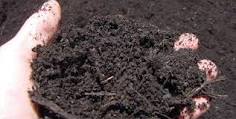
Ideally, your potting mix should be fluffy and lightweight such as a soilless mixture. Soilless mixes can be composed of various combinations of peat, vermiculite, perlite, bark, rice hulls, sphagnum moss, coir fiber (ground coconut hulls) and limited levels of compost.
Advantages of the soilless mixtures:
- The uniform composition creates space for air and water. Water and fertilizer move uniformly down through the container mix and have a better distribution to the entire root system. With some potting soils, this is not the case as water can channel to the sides and out the bottom missing most of the soil or settle to one area, failing to spread out evenly.
- Many soil diseases reside in soil that is too moist or does not dry promptly. Soilless mixes hold water and soluble nutrients long enough for the plant’s use, excess water then drains down and out through holes in the bottom.
- Soilless mixes are much lighter and more practical when filling large containers.
- Soilless mixtures often make wise use of recycled raw materials.
Disadvantages of soilless mixtures:
- Expect them to dry out sooner, so they must be watched more closely.
- Without soil, there’s no mineral content and nutrients. Fertilizer must be added.
- Material particles will break down over time and after 1-3 years replace the mix or blend with new mixes.
- Large plants in containers with soilless mixtures, being lighter in weight, are more prone to blowing over and may need ballast in the bottom.
- They are more expensive than traditional potting soil.
Can the soil mix components be changed for different plants?
Yes, some soil mixes are adjusted and specialized for cacti, succulents, orchids, etc. using different materials and modified percentages in the combination of materials. These changes may be to adjust moisture capacity, pH levels, and other specifics according to the needs of the plants.
What of the soil mix additives seen listed on the bags?
To help reduce watering and/or provide a controlled nutrient (fertilizer) release, certain compounds are blended with the soil mix for convenience. You pay for their inclusion in the mix, but for many gardeners, they are worth the security they provide.
Can native soil ever be used in container planting?
Yes, but best kept to 25% of a mixture, as you would the bag of “potting soil” discussed earlier. The benefit would be the potential introduction of nutrients and microorganisms. The risk would be introducing harmful pathogens and insects. Additional problems could be bringing a native soil to the mix with too high of clay content or fine sand that hinders water drainage.
Can container soil mix be re-used in the following years?
- If the plant had a disease or a serious insect infestation, it is not worth the risk. Feed the soil mix to your compost pile.
- If the mix in the container had often been too wet and not allowed to dry out during the season, there’s a chance there could be residual molds, fungus, and various soil pathogens (some visible – some not) residing in the soil. I wouldn’t reuse but would hastily hurl to the compost heap.
- If the soil did not drain well, appeared compacted, and/or overall didn’t seem to work for your plant, trust your instincts, and sacrifice it to the microbial gods of compost. (I keep my piles in the shape of a volcano just for that reason.)
- If the soil had been routinely watered with “softened” water as used in the treatment of well-water, there can be a residual of salt in the mix and could cause problems with plant dehydration.
- If the decision is made to reuse the soil mix, it is good practice to dump it out of the container. I typically do this in a wheelbarrow or large tub, break it up, stir and expose to the air and especially sunshine for a couple of days. Fresh air, allowing the mix to dry and UV light is a good natural way to rid of some of the soil pathogens and problems. This also helps to get air and pore spaces back into the mix. The mix can be refreshed by adding new components listed previously in the soil-less mixtures.
The emphasis on the beauty, style, and appearance of a container is understandable and it has been going on since ancient times. (Wasn’t it Nebuchadnezzar who gloated over his stylish container gardens?) Whatever the color, design, or material composition of the container it must have the proper soil mix with holes to allow for drainage. Which brings us to Part 2 of the Container topic.
Recommendations on container gardening will continue in our next posting:
The Woes of Watering Containers, (Container Drama Part 2)
The myth of gravel in the bottom, the need for equal/even distribution of water, Soluble salts & softened water, Double potting, Water retention in the saucer beneath, and more.
-Rob McCartney, Horticulturist
Please feel free to contact me with any questions or for more info at: [email protected]

